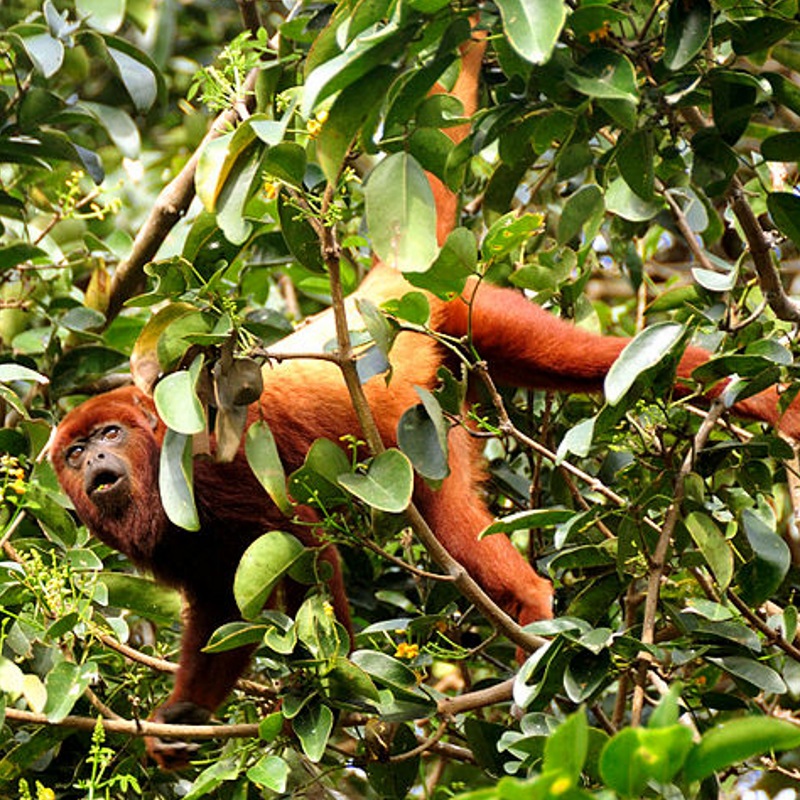To celebrate 350 years of scientific publishing, we are inviting our readers to tell us about their favourite papers from the Royal Society archive. Today Jan Freyberg, a PhD student in Vision at the University of Cambridge, tells us about an inspiring interdisciplinary study.

The paper I want to discuss is an impressive cross-disciplinary study that amazed me in how it merges highly disparate fields.
The story begins with another seminal paper published in the Philosophical Transactions. In the Bakerian Lecture of 1802, Thomas Young* first proposed – amongst other things – that light is perceived on the retina by three different types of cones:
“Now, as it is almost impossible to conceive each sensitive point of the retina to contain an infinite number of particles, each capable of vibrating in perfect unison with every possible undulation, it becomes necessary to suppose the number limited, for instance to the three principal colours, red, yellow, and blue […]”
We now understand trichromacy, as the theory would come to be known, as a fundamental feature of human colour vision. However, the paper I want to focus on in this post concerns a puzzling question: the fact that among mammals, primates seem to be the only known species that have trichromatic vision (other mammals only have two photoreceptors).
A 2001 article, 'Fruits, foliage and the evolution of primate colour vision' by BC Regan and colleagues investigates this question, impressively integrating vision science, ecology and evolutionary biology. The authors begin by summarising the evolutionary history of primate colour vision, outlining which components developed most recently in evolution. They then proceed to review hypotheses about why primates should have evolved trichromacy. The compelling hypothesis they find in the literature is that primate colour vision was related to the evolution of the colour of fruit: a plant evolves colourful fruit to attract a primate who eats the fruit and disperses the seeds; in turn, the primate evolves better colour vision to better spot fruits; and so on. This is a good example of coevolution.
Where the paper breaks ground is by testing this hypothesis. The authors collected spectral measurements of fruits and foliage from the forest of French Guiana and meticulously measured the average spectrum of sunlight. They carefully differentiated the fruits whose seeds primates living in French Guiana digest and the fruits whose seeds are dispersed by primates. What they produce is as close to proof as one can hope for in evolutionary ecology. Not only is the colour system found in primate vision perfectly suited to distinguish fruit from foliage, but only those plants whose seeds are dispersed by primates seem to match up with this vision system, making them easily spotted by primates.
By merging ecology, evolutionary biology and meticulous vision science, the authors produced a compelling story – of which Thomas Young, almost exactly 200 years after his Bakerian Lecture, would have surely been proud.
*Read more about Thomas Young’s work in this paper published as part of the 350th anniversary special issue.
